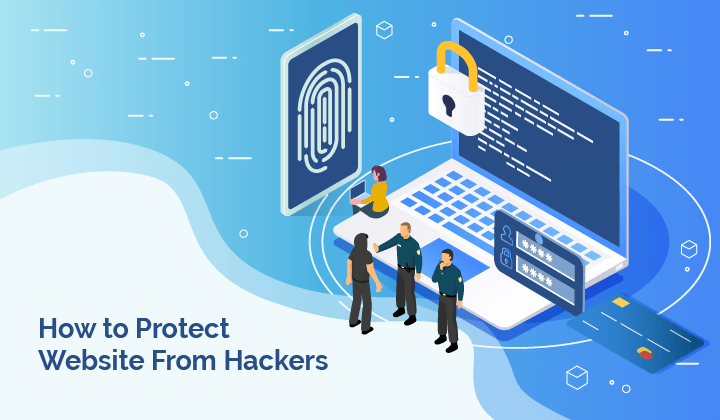Safeguarding Your Python Flask Application: Essential Steps to Enhance Security and Protect Against Hackers
Python Flask is a popular framework for building web applications. It is known for its simplicity and ease of use. However, like any other web application, Python Flask applications can be vulnerable to attack.
In this article, we will discuss some essential steps that you can take to safeguard your Python Flask application and protect it against hackers.
Step 1: Use Strong Passwords
One of the most important things you can do to secure your Python Flask application is to use strong passwords. This means using passwords that are long, complex, and unique.
You should also avoid using the same password for multiple accounts. If a hacker is able to crack one of your passwords, they will be able to access all of your accounts that use the same password.
Step 2: Keep Your Software Up to Date
Software developers often release security patches to fix vulnerabilities in their software. It is important to keep your Python Flask application up to date with the latest security patches.
This will help to protect your application from known vulnerabilities that hackers can exploit.
Step 3: Use a WAF
A web application firewall (WAF) is a security appliance that can help to protect your Python Flask application from common web attacks.
A WAF can filter out malicious traffic before it reaches your application. This can help to prevent attacks such as cross-site scripting (XSS), SQL injection, and denial-of-service (DoS) attacks.
Step 4: Use HTTPS
HTTPS is the secure version of HTTP. It encrypts all traffic between your application and the user’s browser.
This makes it much more difficult for hackers to intercept and steal sensitive data, such as passwords and credit card numbers.
Step 5: Restrict Access to Sensitive Data
Only authorized users should be able to access sensitive data, such as user accounts, financial information, and product data.
You can restrict access to this data by using role-based access control (RBAC). RBAC allows you to define different roles for different users, and then restrict access to sensitive data based on the user’s role.
Step 6: Monitor Your Application
It is important to monitor your Python Flask application for signs of attack. This includes looking for unusual traffic patterns, such as a sudden increase in requests from a particular IP address.
You can use a variety of tools to monitor your application, such as Google Analytics and New Relic.
By following these essential steps, you can help to safeguard your Python Flask application and protect it against hackers.
Here are some additional tips for securing your Python Flask application:
- Use a secure development lifecycle (SDLC).
- Implement input validation.
- Use secure coding practices.
- Back up your data regularly.
By following these tips, you can help to keep your Python Flask application safe and secure.

